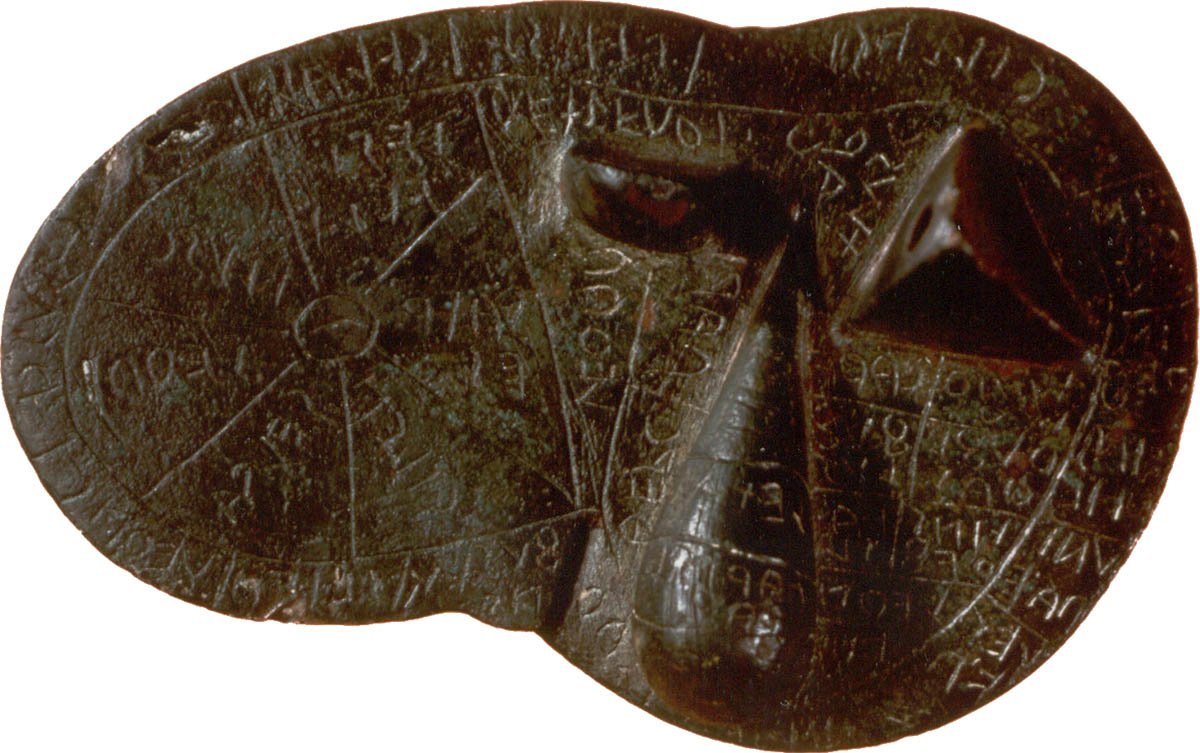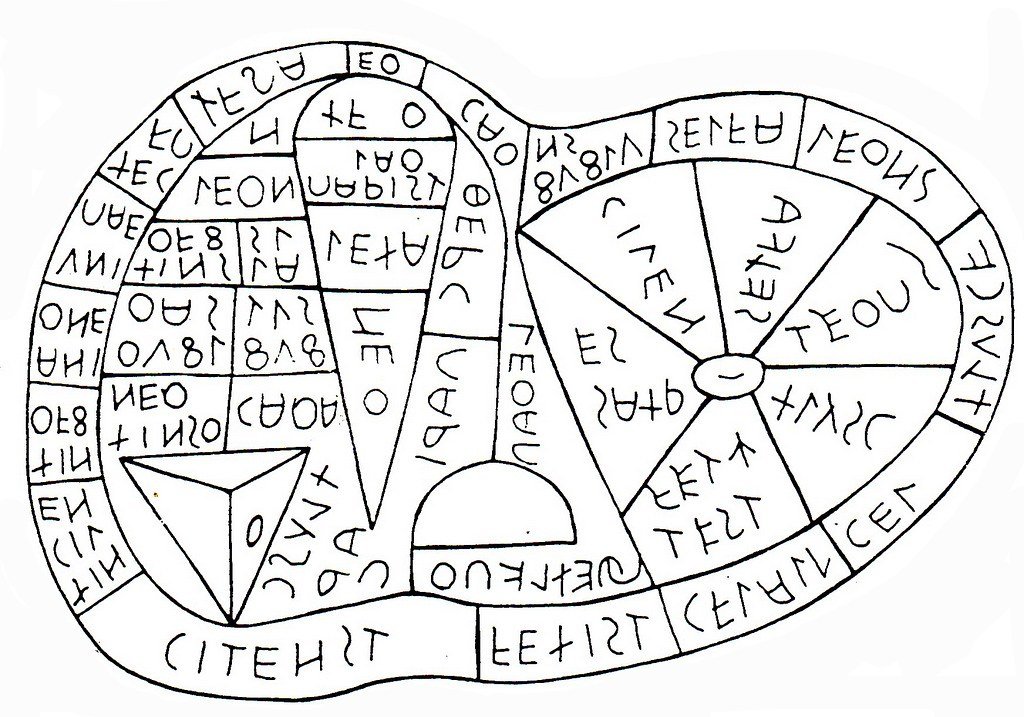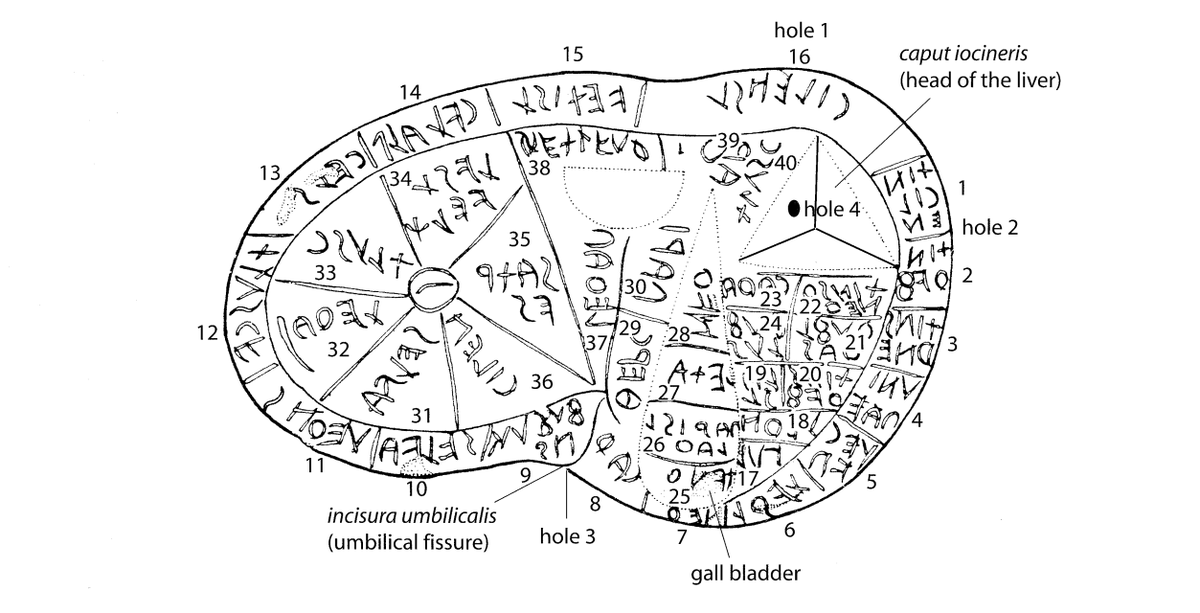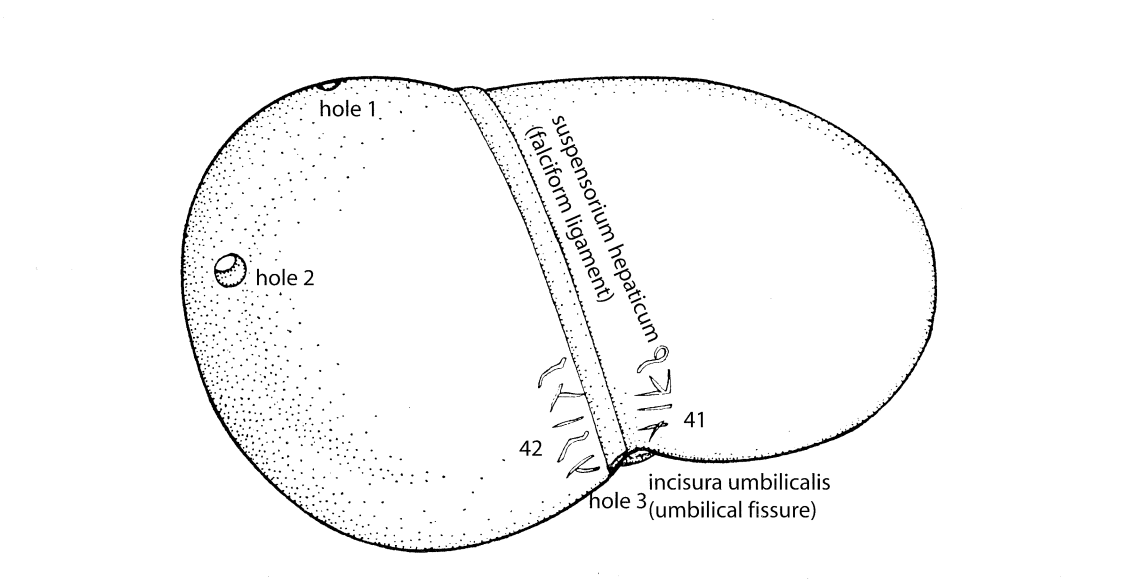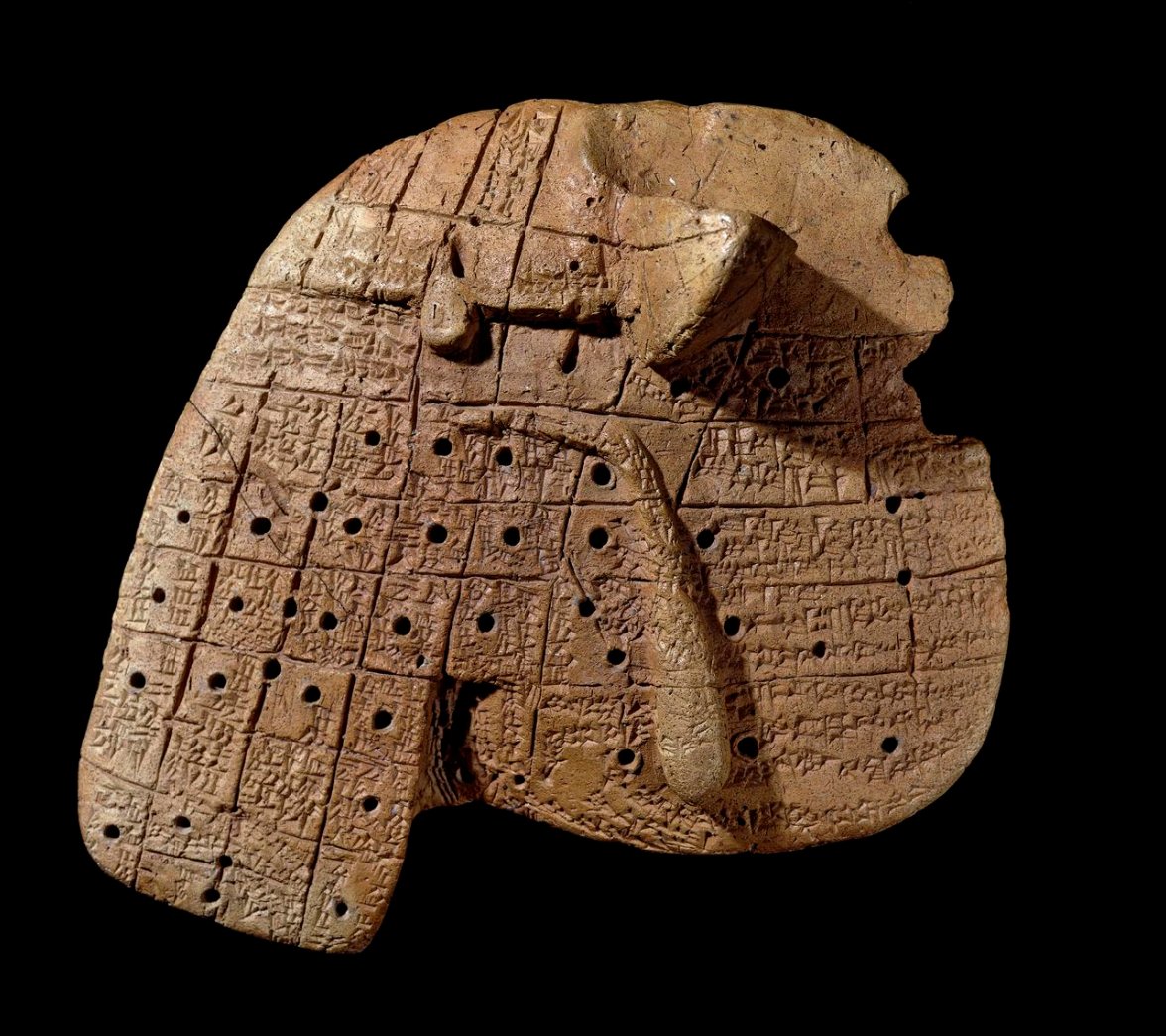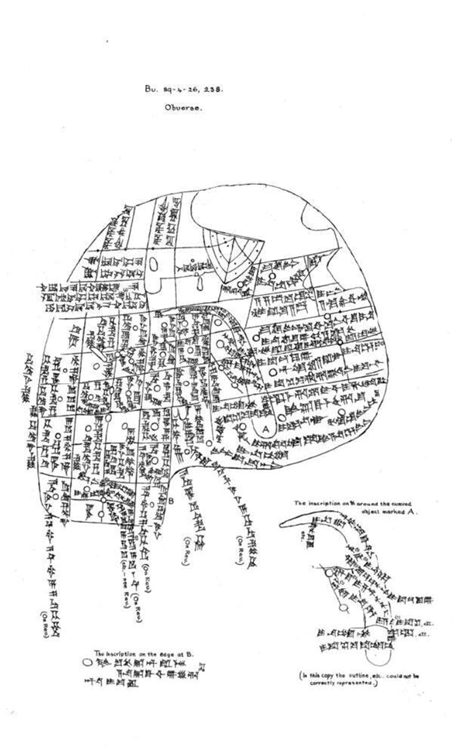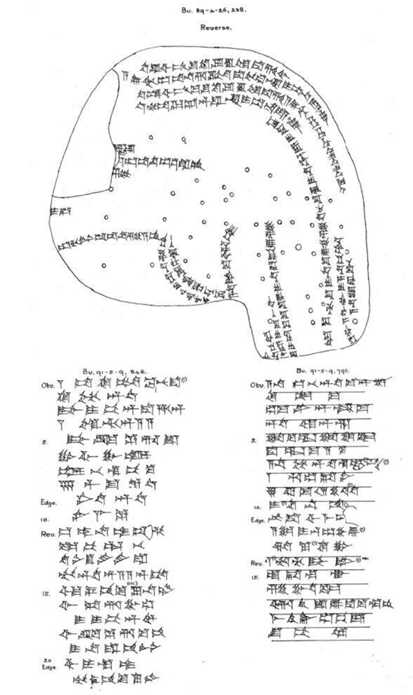Ancient Artefact of the Day: The Liver of Piacenza
An Etruscan life-size model of a sheep& #39;s liver, ca. 100 BC, used in the practice of hepatoscopy (divination through the inspection of a liver). #AAOTD #Divination
Image: Municipal Museum of Piacenza
An Etruscan life-size model of a sheep& #39;s liver, ca. 100 BC, used in the practice of hepatoscopy (divination through the inspection of a liver). #AAOTD #Divination
Image: Municipal Museum of Piacenza
Perhaps one of the most famous artefacts from the ancient world relating to the practice of foretelling the future, the Liver of Piacenza has been the subject of much scholarship. The outer edge is divided into 16 zones, with the names of deities, while the inner areas seem...
...to be divided into zones corresponding to the favourable and unfavourable omens which are mentioned by Cicero (De Divinatione 2.28).
The orientation of the inscriptions on this object suggest that it served as an instructional model for the Haruspex-in-Training.
Images: Figures 3&4 from Stevens, 2009 (see end of thread for full citation)
Images: Figures 3&4 from Stevens, 2009 (see end of thread for full citation)
But it must be remembered that this was not a Graeco-Roman innovation, as there is evidence for Mesopotamian hepatoscopy dating back to at least 1900 BC, in the form of the Old Babylonian & #39;Liver Tablet& #39;.
Image: British Museum (92668)
Image: British Museum (92668)
Here the liver is divided into 55 zones, with clear instructions for the effects of a blemish in that particular zone given, again suggesting that this was intended as an instructional model.
For more on hepatoscopy, see:
Collins, Derek. “Mapping the Entrails: The Practice of Greek Hepatoscopy.” The American Journal of Philology, vol. 129, no. 3, 2008, pp. 319–345.
http://www.jstor.org/stable/27566714 ">https://www.jstor.org/stable/27...
Collins, Derek. “Mapping the Entrails: The Practice of Greek Hepatoscopy.” The American Journal of Philology, vol. 129, no. 3, 2008, pp. 319–345.
http://www.jstor.org/stable/27566714 ">https://www.jstor.org/stable/27...
For more on the Piacenza Liver, see:
Stevens, Natalie L. C. “A New Reconstruction of the Etruscan Heaven.” American Journal of Archaeology, vol. 113, no. 2, 2009, pp. 153–164. http://www.jstor.org/stable/20627565
https://www.jstor.org/stable/20... href="https://twtext.com//hashtag/AAOTD"> #AAOTD #Divination
Stevens, Natalie L. C. “A New Reconstruction of the Etruscan Heaven.” American Journal of Archaeology, vol. 113, no. 2, 2009, pp. 153–164. http://www.jstor.org/stable/20627565

 Read on Twitter
Read on Twitter